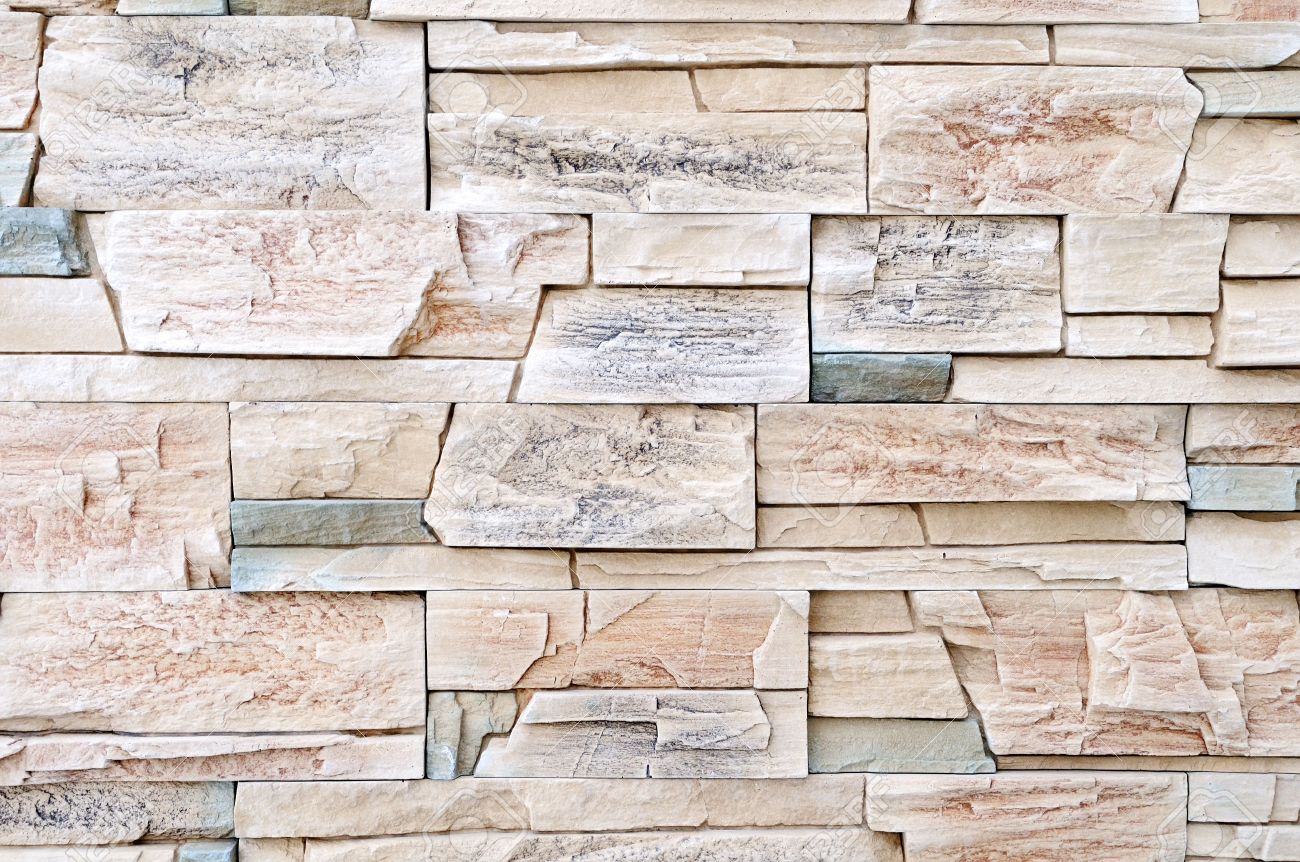In the realm of construction and architecture, the choice of materials used for wall construction is a critical decision that impacts not only the aesthetics of a building but also its structural integrity, thermal performance, and overall lifespan. This article aims to delve into the various materials used for wall construction, their advantages, disadvantages, and the factors influencing their selection.
- Brick and Mortar: A Time-Tested Classic
Brick and mortar have been used for centuries, offering durability and a classic aesthetic appeal. They provide excellent insulation and are fire-resistant. However, they are labor-intensive to install and can be costly.
- Concrete: The Modern Standard
Concrete, particularly reinforced concrete, is a popular choice for its strength and versatility. It is resistant to fire and provides excellent sound insulation. However, it requires skilled labor for installation and can be expensive.
- Wood: A Natural Choice
Wood is a traditional material that offers a warm aesthetic and is easy to work with. It is renewable and has good insulating properties. However, it is susceptible to pests and decay, and requires regular maintenance.
- Drywall: A Cost-Effective Alternative
Drywall, also known as plasterboard, is a cost-effective and easy-to-install option. It provides a smooth surface for painting and decoration but is less durable and has lower fire resistance than other materials.
- Stone: The Epitome of Luxury
Stone walls, whether natural or manufactured, exude luxury and elegance. They are durable and require little maintenance. However, they are heavy, require skilled installation, and can be expensive.
- Metal: A Contemporary Choice
Metal walls, particularly steel and aluminum, are increasingly used in modern architecture for their sleek aesthetic and durability. They are lightweight, recyclable, and require little maintenance. However, they have poor insulation properties and can be costly.
- Glass: For Transparency and Light
Glass walls are used to maximize natural light and create a sense of openness. They are aesthetically pleasing but require careful handling and are not suitable for all climates due to their poor insulation properties.
The choice of wall material is influenced by various factors, including the building's purpose, location, climate, budget, and the architect's design vision. It is essential to consider these factors in conjunction with the material's properties to make an informed decision.
In conclusion, the materials used for wall construction are diverse, each with its unique properties and applications. As technology advances, new materials and construction methods continue to emerge, offering exciting possibilities for future architecture.

